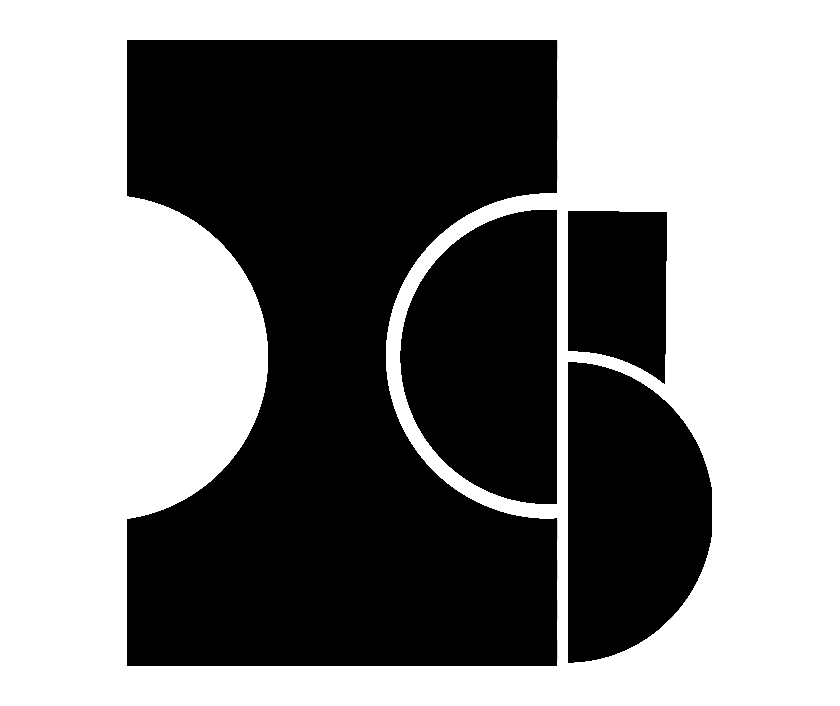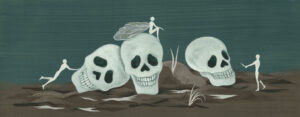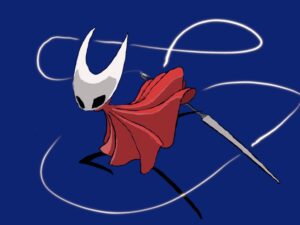If you’ve visited the internet at any point this year, chances are you’ve probably heard of Wordle. In the span of just 3 months, the puzzle created by Josh Wardle has gained over 2 million active players, inspired several spin-off games, and even attracted the attention of the New York Times, who bought it for a solid 7 figures. Certainly, it seems as though every social media platform feed is being dominated by Wordle right now. But what makes the game so uniquely addictive, and how was it positioned for such overwhelming success?
The Premise
Wordle is a game where your goal is to guess the daily 5-letter word in 6 tries or less. After you guess a word, your letters will change in color: If your letter turns gray, it isn’t in the winning word at all; If it’s yellow, your letter is in the word but at another location; and finally, green indicates that the letter is in the word and at the right place.
An example of a typical Wordle game.
Once you play a game, you’ll get a score from 1-6/6, depending on how many guesses it takes for you to find the word. Generally, a 4 or lower is considered to be excellent albeit rare, requiring a combination of complex logical deduction, language skill, and most importantly, luck. But don’t worry – The words in this list are but a small subset of all 5-letter English words (of which there are ~11,000) to ensure that you can get the word regardless of how varied your vocabulary is.
Humble Beginnings
Wordle was originally developed by British software engineer Josh Wardle (Yes, the name of the game is a play on his name), who started working on the project in 2013 after being inspired by the British TV game “Lingo”. Initially, Wardle designed the game for him and his wife’s amusement. As you can imagine, It was quite a surprise when it received millions of users around the world committing to it on a daily basis.
Explosive Growth
Since the puzzle’s release in November, Wordle’s astronomical growth has not only attracted 3 million daily users but also influenced a number of popular spin-offs each with their own passionate communities. For example, Worldle is a clone where you guess a country instead of a common 5-letter word, captivating the geography community. Nerdle, on the other hand, is Wordle but for numbers. If you have the time and energy on your hands to play this, you’ll need to pair quick mental arithmetic and logic skills. Still not challenging enough? Try Dordle, a game where you play two Wordles simultaneously.
In addition, researchers in the mathematical community found the mechanics behind Wordle itself so fascinating that they have spent thousands of hours to better understand the game. For instance, famous YouTuber 3blue1brown made an excellent series analyzing the best Wordle starter using information theory, with the first sitting at over 8 million views. According to his research, the very best Wordle opener is “salet”, a round helmet used in the 15th century. If you’re concerned that “salet” is too niche and need inspiration for other starters, check out the words in bold.
Jimmy Fallon, the host of Saturday Night Live, shared his result
And of course, a large part of Wordle’s success has to be accredited to its sharing system. After finishing the daily puzzle, the user can share his/her result with a few simple clicks. Whether you want to brag about your score, whine about your luck, or be trendy, sharing will do the trick.
However, as a game gets popular, people are bound to cheat. Namely, Basketball star Karl Anthony Towns was recently accused of faking Wordle’s result, as his second last guess didn’t fall under any standard English words in the dictionary. However, it later turned out that it was a server error mislabeling the attempted date. Nevertheless, even if this was a genuine mistake, there’s no doubt that some results on social media have been edited to boost egos.
The popularity of Wordle also caught Google’s attention. If you type Wordle into google, you will see an animation portraying a game of Wordle:
Reasons for Success (Main Content)
Wordle’s incredible success can be boiled down to 3 main factors: Its simplicity, limited attempts, and shareability. First and foremost, Wordle has been designed to be as minimalist as possible: The game’s simple aesthetics not only please the eye, but allow for the player to focus during periods of intense thought. Additionally, the developer surprisingly chose not to include any ads in the pursuit of this clean design in stark contrast to other mainstream mobile games where users are inundated with ads and in-app purchases. Finally, the gameplay itself requires minimal interaction, making it perfect for solving whenever you have the time. Together, these features make Wordle’s design feel refreshing compared to its counterparts.
The one-word-per-day mechanic also made the game much more addictive. The most noticeable effect of this system is that the game is no longer repetitive and exhaustive. No matter how badly you want to attempt the next puzzle, you have to wait until the next day for the challenge. This also means you will constantly be reminding yourself to do it the next game, increasing retention, and hence creating lasting longevity of the game as users build a habit of logging on to the website daily.
Arguably, however, Wordle’s shareability is by far the biggest cause for success. After you complete the day’s Wordle, you immediately get a very visual overview of your guesses for the world to see. Furthermore, since everyone guesses the same word every day, the entire community can instantly share common frustrations and victories and broadcast their emotions without the need for words.
An example of a player letting out their frustration
Actually, the sharing feature wasn’t available initially – rather, fans made these summaries as a way to communicate with others in the community. The developer saw it and implemented it as an accessible feature.
Regardless, the ease of sharing words also increases the sense of competition between players. Oftentimes, people compare how many guesses they can get a word in to assert their dominance or show off their luck. This fuels our competitive nature as humans, incentivizing us to put more effort into this game and boast when achieving a good result. It’s very common for players to share their scores in group chats, and as a result, this sense of competition is maintained every day. Even so, you’re not just competing with other people, but yourself as well. Once you get a 3/6 or lower, you will inevitably be sucked into the game in an effort to chase after your best score
Conclusion
On February 1, Wordle’s creator announced that he would sell his game to the New York Times for an undisclosed seven–digit figure, which was controversial, to say the least: Many users weren’t too happy with the involvement of corporations in this simple, untainted game. This can be reflected by accusations of The New York Times altering the word list to make Wordle difficult for its users, but in fact, it was actually the opposite and the users complaining are just NOOBS trying to find a scapegoat for their incompetence.
Interestingly, the NYT is still keeping Wordle somewhat independent: Wordle hasn’t been incorporated into their crossword app or published as a standalone app either. This raises many questions: Will Wordle be monetized in the future? Will the New York Times incorporate it into its products? Only time will tell.




